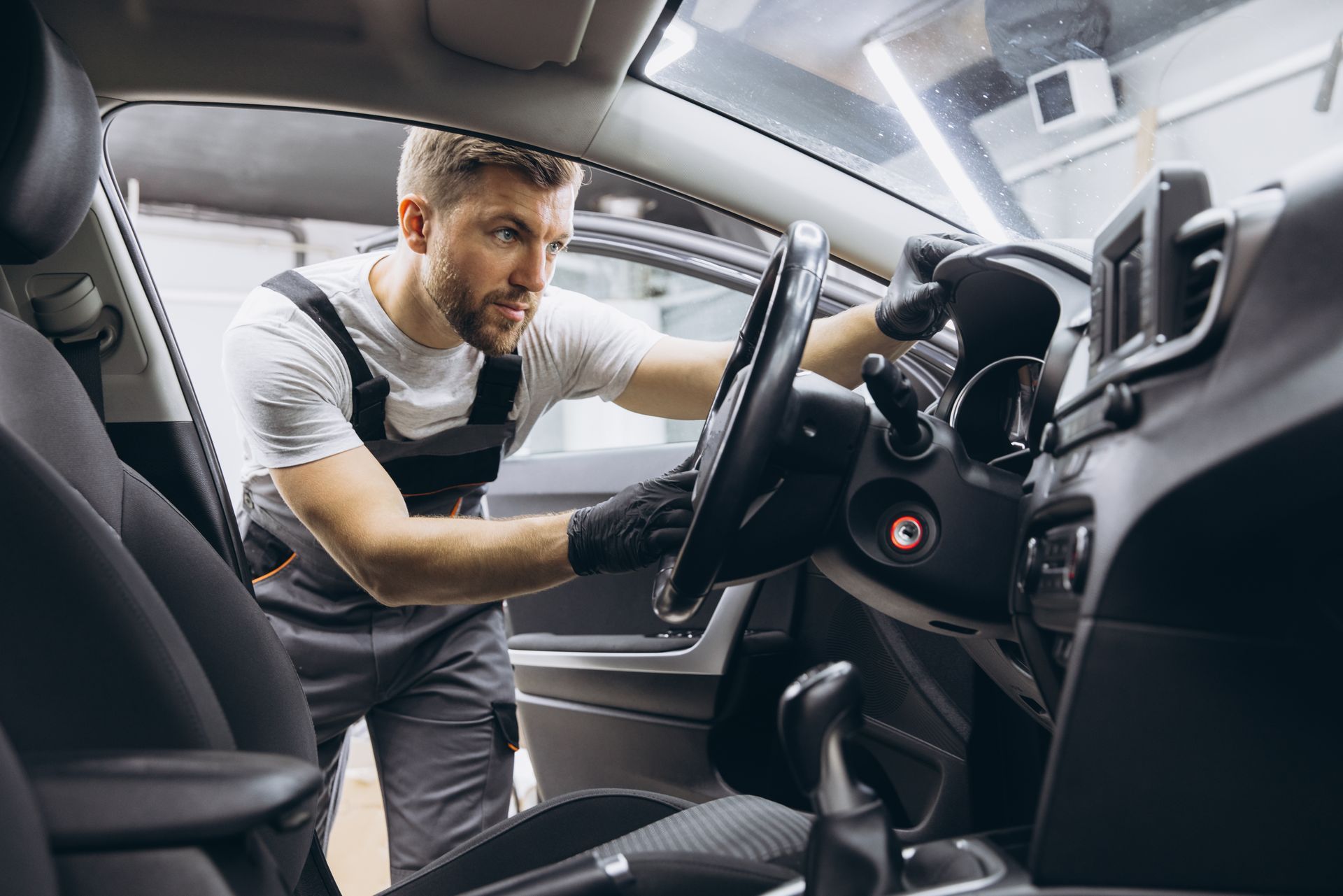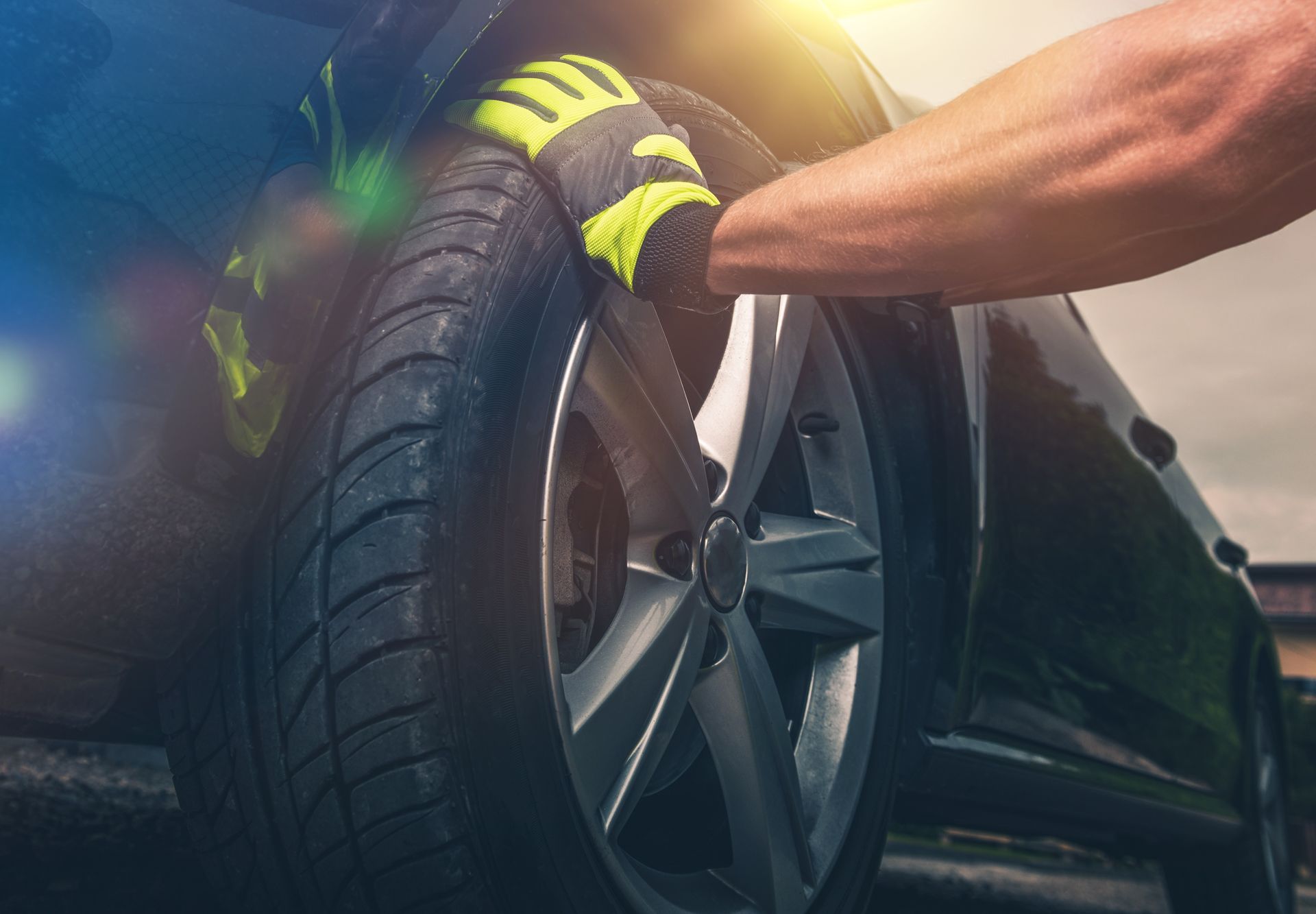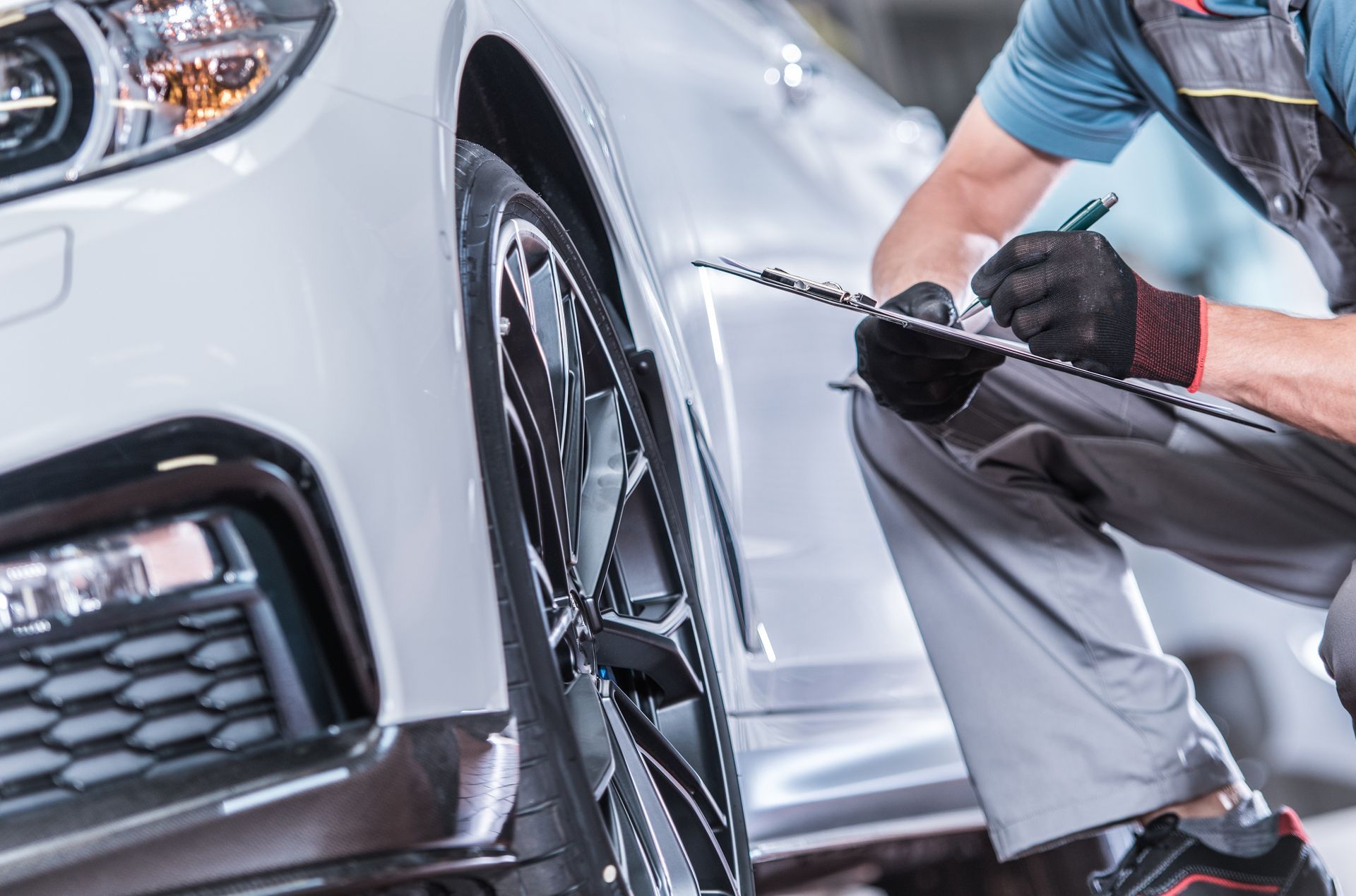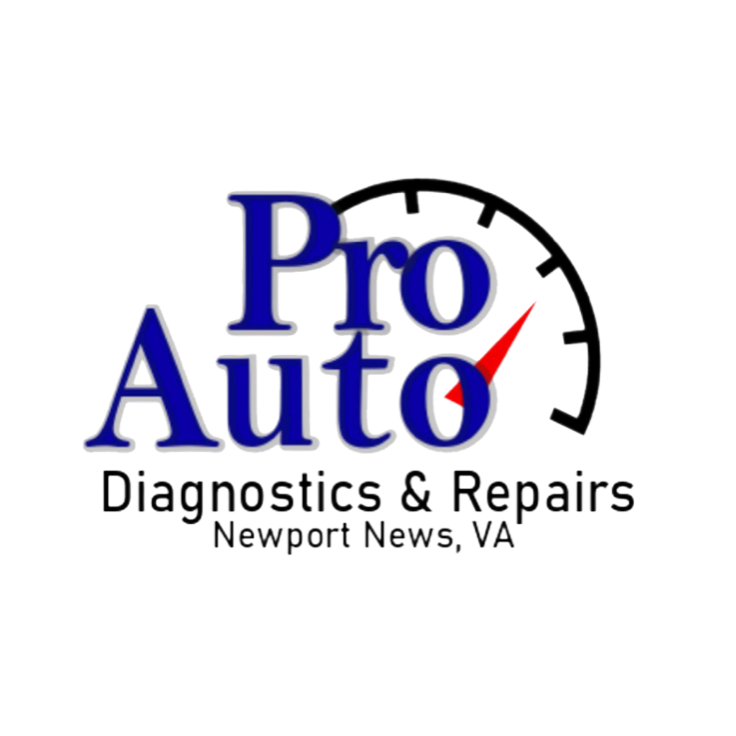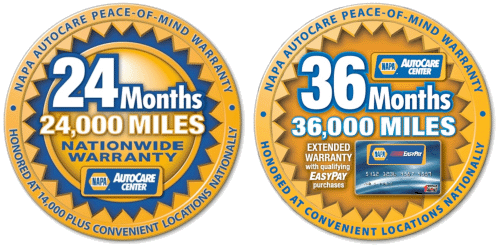It’s All about Compromise
Hello!
First, please allow me to start off by apologizing; it has been far too long since my last post. The inspiration for today’s post comes from a conversation with a customer and acquaintance, that is interested in improving the original performance from his ’04 Chevrolet Suburban. He’d already installed a cold air intake, and was interested in obtaining more performance. He theorized that his new K&N intake was adding so much air that the engine computer now needed reprogramming to “put” the additional fuel into the truck. I hated to burst his bubble that it wasn’t quite that simple. Even though a cold air intake does definitely make a difference in the net volume of air that can enter an engine, it does not yield an improvement that woud put the ECM “out of range” to where the original equipment programming would no longer be adequate. Consequently, the performance gains from simple programming, while real, would be relatively minimal. Dyno testing that I have done in the past ‘before and after” for cold air intakes, exhausts, and software have netted around 8-12% for all three components. This brings me to the heart of our converation: “Why”?
The answer is that an engine is a “system” not a “part” in a car. Air intake is a “system”, not a “part”. Exhaust? Yep, you guessed it- it’s a system. Upgrading a part of a system does not necessarily improve flow through the whole system. IMHO, the improvement from a cold air intake comes mainly from the decrease in inlet temperature, allowing denser air, which can be paired with more fuel. The net improvement to flow when paired with a stock throttle body, intake manifold, camshaft, and valves is relatively small. Air intakes are cheap and easy to design. Automotive engineers are really smart guys. If they could install a slightly larger intake, and make more power, they would do it from the factory. Ditto the exhaust, ditto the software. Why do these aftermarket parts make an improvement, then, you ask?
The answer lies in the fact that automakers are limited by compromise in their system designs. Cost, emissions, performance, noise, vibration, fuel economy, etc are all factors that must be accounted for by the engineer. In the case of the intake and exhaust, they are looking to limit the noise and reliability from the systems, and that causes them to use designs that are slightly more restrictive. So you can go to the noisier parts and get slightly better flow. Just don’t expect too much! After installing them, a programmer can help slightly as well. Just don’t expect too much! The stock system is pretty good at compensating for adjustments to air flow. Your performance increase from programming in a stock V8 GM probably has more to do with EGR reduction and ignition timing than air/fuel mapping. These are adjustments to the “system”. So we KNOW there will be a compromise! Where is it? In the case of the software the compromise is in increased combustion chamber temperatures, increased exhaust temperatures, and increased production of oxides of Nitrogen, CO, and CO2. This results in decreased engine life, and decreased catalytic converter life- these are HUGE turn-offs to automotive engineers. Rememer, there’s no free horsepower- it ALWAYS has a cost.
If you really want big power, and not just inexpensive incremental upgrades, you go whole hog and put in a “shorter” differential gear, or super/turbo charge the thing. It’s expensive (especially the forced induction upgrade) but it’ll wake it up- you will notice a LARGE difference. However, these complex aftermarket systems are usually beyond the ability of the average person (even the average technician) to install or repair, and they are less reliable than the stock setups. Obtaining service parts for forced induction systems can be very challenging as well.
Want a cheaper method with the maximum in reliability? Buy a vehicle with higher levels of stock performance! An 04’ Silverado with a 4.8L V8 is worth essentially the same as one with a 5.3L V8. If your 4.8 is feeling a little “soft” do yourself a favor and find a truck with a 5.3L and buy that first! If, at that point, you still want more than the first step is finding a PROFESSIONAL with experience in performance upgrades and having realistic expectations before you begin making changes!
Drive happy!
